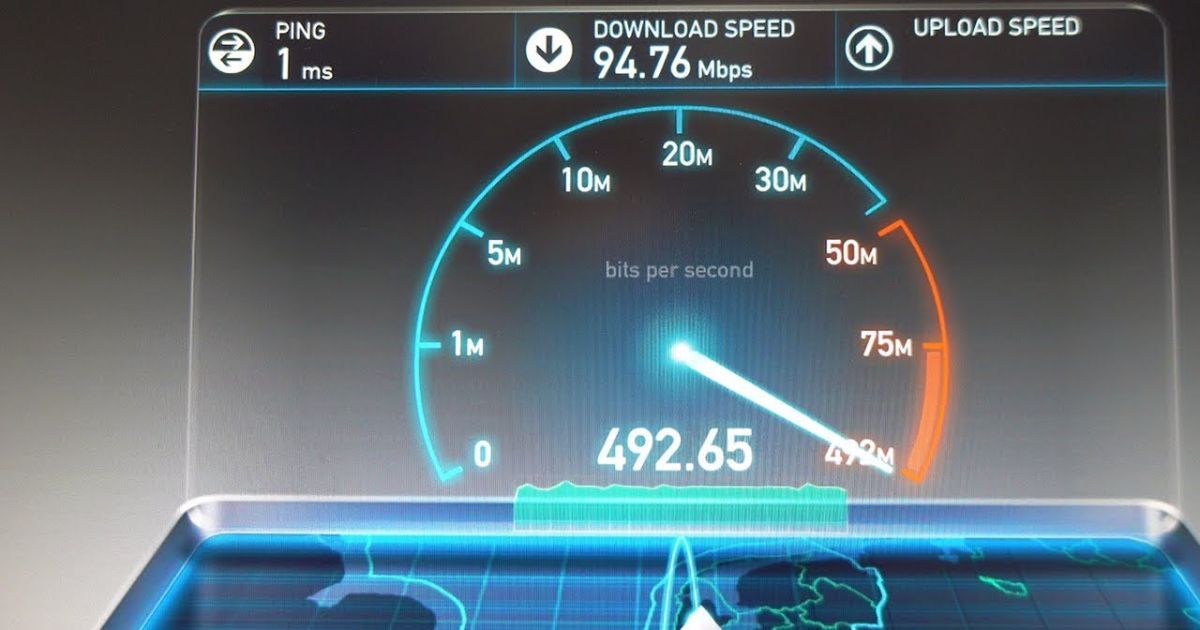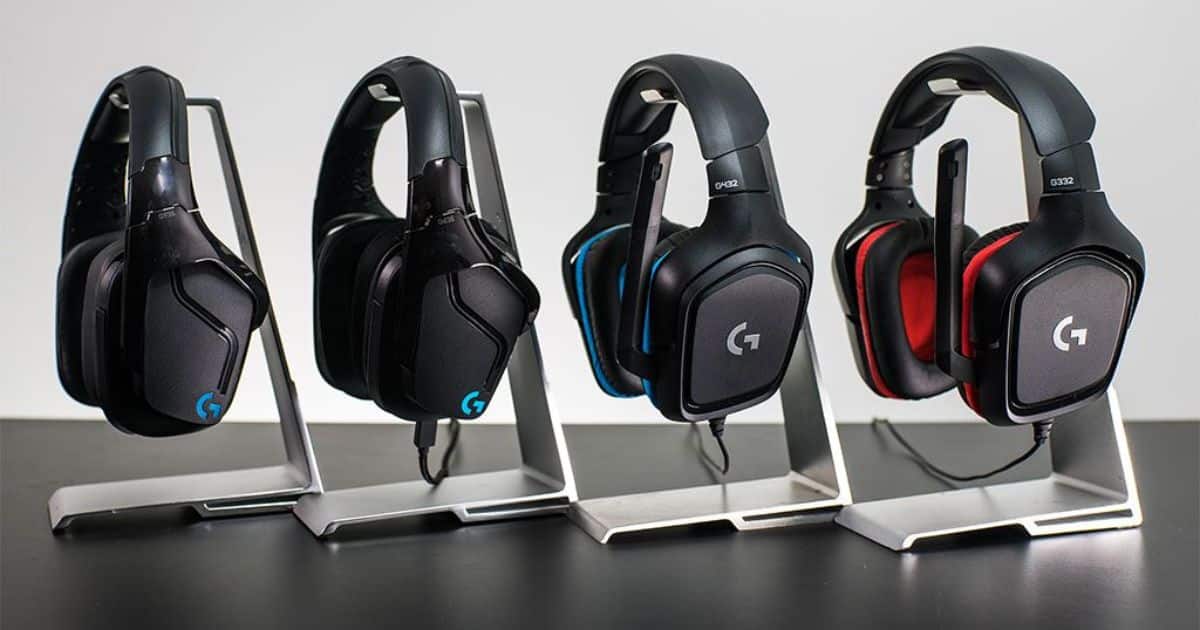Cloud gaming, like a delicate dance on a crowded stage, promises immersive gaming experiences without the burden of expensive hardware. Yet, it is often plagued by the frustrating presence of lag. This phenomenon, akin to a slow-moving river impeding progress, hampers the seamless flow of gameplay. Understanding the underlying factors causing this lag is crucial in finding solutions that will elevate the cloud gaming experience to new heights. In this article, we delve into the intricate web of network latency, bandwidth limitations, server locations, hardware requirements, and other pivotal elements impacting cloud gaming performance.
Key Takeaways
- Network latency is a major factor contributing to lag in cloud gaming.
- Bandwidth limitations can lead to delays and increased latency in cloud gaming.
- Server proximity plays a crucial role in reducing latency and improving gameplay in cloud gaming.
- Hardware requirements, such as processing power and graphics cards, greatly impact the lag experienced in cloud gaming.
Network Latency and Its Impact on Cloud Gaming Performance

Network latency can significantly hamper the overall experience and responsiveness of cloud gaming. It refers to the delay or lag in data transmission between the gaming server and the player’s device. High network latency can result in input delay, causing a noticeable lag between a player’s actions and the game’s response. This can be frustrating and impact the immersive nature of gaming. To ensure a smooth and enjoyable gaming experience, minimizing network latency is crucial.
Bandwidth Limitations and Their Effect on Lag in Cloud Gaming
Bandwidth limitations play a crucial role in the lag experienced in cloud gaming. The amount of bandwidth available determines the speed at which data can be transmitted between the user and the cloud gaming server. Insufficient bandwidth can result in delays and increased latency, leading to a degraded gaming experience. Overcoming bandwidth limitations requires optimizing network infrastructure, improving data compression techniques, and prioritizing gaming traffic to ensure a smoother and more responsive gameplay.
Bandwidth and Lag Correlation
The limitations of available bandwidth can significantly impact the lag experienced in cloud gaming. Bandwidth refers to the amount of data that can be transmitted over a network within a specific time frame. In cloud gaming, a high amount of bandwidth is needed to ensure smooth gameplay and reduce latency. When the available bandwidth is limited, there can be delays in data transmission, resulting in increased lag. This table illustrates the correlation between bandwidth limitations and lag in cloud gaming:
| Bandwidth Limitations | Effect on Lag in Cloud Gaming |
|---|---|
| Low bandwidth | Increased lag |
| Limited data transfer | Higher latency |
| Network congestion | Delayed response times |
Overcoming Bandwidth Limitations
To effectively address bandwidth limitations in cloud gaming and mitigate the resulting lag, implementing strategic optimization techniques is essential. These techniques involve compressing data, prioritizing network traffic, and utilizing content delivery networks (CDNs) to reduce latency. By compressing data, the amount of information that needs to be transmitted is reduced, allowing for faster data transfer. Prioritizing network traffic ensures that gaming data is given higher priority, minimizing lag. CDNs help by distributing game content across multiple servers, reducing the distance data needs to travel. Transitioning to the next section, let’s explore the role of server locations in cloud gaming lag.
The Role of Server Locations in Cloud Gaming Lag
Server proximity plays a crucial role in determining the latency experienced in cloud gaming. The distance between the player’s location and the server hosting the game affects the time it takes for data to travel back and forth. Here are four ways server locations impact cloud gaming lag: 1) Longer distances result in higher latency. 2) Network congestion can occur when players are located far from the server. 3) Server locations closer to players reduce latency and improve gameplay experience. 4) Cloud gaming providers strategically place servers to optimize performance.
Hardware Requirements and Their Influence on Lag in Cloud Gaming

How do hardware requirements and their influence on lag in cloud gaming? The hardware requirements of a device play a crucial role in determining the gaming experience in the cloud. Insufficient processing power or outdated graphics cards can result in increased latency and lag. High-quality graphics and smooth gameplay require powerful hardware to handle the demanding tasks of rendering and streaming. In the next section, we will explore the impact of internet service providers on cloud gaming lag.
The Impact of Internet Service Providers on Cloud Gaming Lag
Many internet service providers contribute to the lag experienced in cloud gaming, as they fail to provide sufficient bandwidth and stable connections. This can result in frustrating gameplay experiences for users. The impact of internet service providers on cloud gaming lag can be visualized in the following ways:
- Slow download and upload speeds, leading to delayed game data transmission.
- High latency, causing noticeable delays between player actions and game responses.
- Network congestion, resulting in increased packet loss and interrupted gameplay.
- Inconsistent connection quality, leading to frequent disconnections and game freezes.
These factors highlight the crucial role that reliable and fast internet service providers play in ensuring a smooth and enjoyable cloud gaming experience.
Optimizing Wi-Fi and Ethernet Connections for a Lag-Free Cloud Gaming Experience
To ensure a lag-free cloud gaming experience, it is essential to optimize both Wi-Fi and Ethernet connections for seamless gameplay. When using Wi-Fi, it is important to be close to the router, avoid interference from other devices, and use a 5GHz frequency band. For Ethernet connections, using a wired connection instead of wireless can reduce latency. By optimizing these connections, gamers can enjoy a smoother gaming experience with minimal lag. Now, let’s explore advancements in technology that offer potential solutions to further reduce lag in cloud gaming.
Advancements in Technology: Potential Solutions to Reduce Lag in Cloud Gaming

Advancements in technology offer potential solutions to reduce lag in cloud gaming. One such solution is the development of latency-reducing algorithms, which aim to minimize the delay between user input and the game’s response. Additionally, edge computing solutions can help by bringing the game server closer to the player, reducing the distance data needs to travel, and improving response times. Lastly, improvements in internet infrastructure, such as the deployment of high-speed fiber-optic networks, can contribute to a smoother and more responsive cloud gaming experience.
Latency-Reducing Algorithms
One potential solution to reduce lag in cloud gaming is the implementation of latency-reducing algorithms, which can significantly improve the overall gaming experience for users. These algorithms work by optimizing data transmission, prioritizing game-related packets, and predicting user inputs to reduce input delay. Additionally, they utilize techniques such as packet loss recovery and adaptive bitrate streaming to maintain a smooth and uninterrupted gaming session. However, despite these advancements, further improvements are still needed to overcome the challenges posed by latency. Moving forward, edge computing solutions offer promising possibilities in addressing this issue.
Edge Computing Solutions
Edge computing solutions, along with advancements in technology, offer potential solutions to reduce lag in cloud gaming. By bringing computing resources closer to the edge of the network, edge computing can minimize the distance data needs to travel, resulting in lower latency. Edge servers can process gaming data in real-time, reducing the reliance on distant data centers. Additionally, technologies like 5G and edge AI can further enhance the performance of cloud gaming by enabling faster data transmission and intelligent processing at the edge.
Improved Internet Infrastructure
Significantly, improved internet infrastructure plays a crucial role in mitigating lag in cloud gaming by providing faster and more stable connections. This advancement in technology offers potential solutions to reduce latency issues. Here are four ways in which improved internet infrastructure contributes to a smoother cloud gaming experience:
- Increased bandwidth allows for faster data transfer, resulting in reduced lag.
- Lower latency connections enable real-time interaction between the player and the game server.
- Improved network stability ensures a more consistent gaming experience with fewer interruptions.
- Enhanced network coverage enables gamers to access cloud gaming services from virtually anywhere, increasing accessibility and reducing latency.
Frequently Asked Questions
Is cloud gaming low quality?
No, cloud gaming isn’t necessarily low quality; it depends on your internet connection and the platform you use.
Is cloud gaming lag free?
Cloud gaming may have some lag depending on your internet speed and proximity to servers.
Why don’t people like cloud gaming?
Some people don’t like cloud gaming due to concerns about internet reliability, input lag, and the need for a constant online connection.
Why is cloud gaming so pixelated?
Cloud gaming can be pixelated if your internet connection is slow or if the platform’s compression affects visual quality.
Conclusion
In conclusion, the lag experienced in cloud gaming can be attributed to various factors such as network latency, bandwidth limitations, server locations, hardware requirements, and internet service providers. However, with advancements in technology, potential solutions are emerging to reduce lag and provide a smoother gaming experience. As the saying goes, “Patience is a virtue,” gamers must exercise patience and embrace these technological advancements to fully enjoy the benefits of cloud gaming.

Brook over 3 years of professional gaming, esports coaching, and gaming hardware reviews to provide insightful expertise across PC, console, and mobile gaming.










